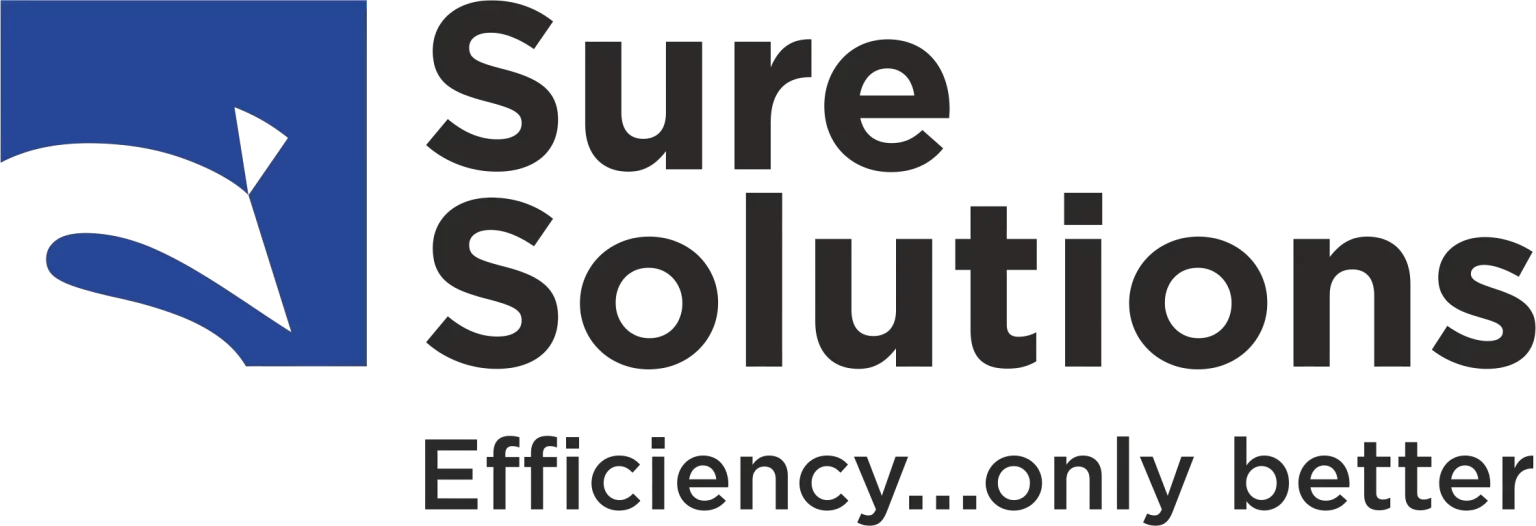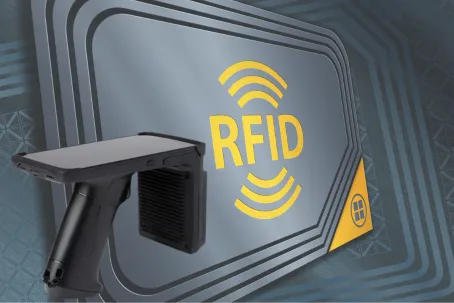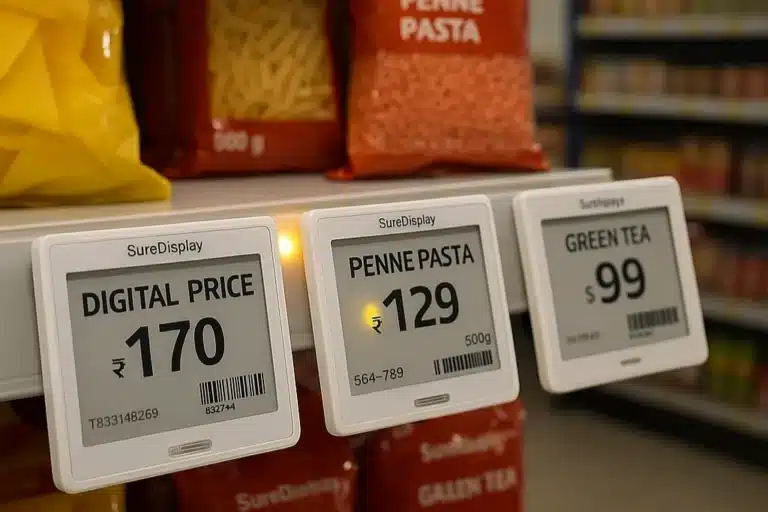Speed and efficiency break or make success in today’s business environment. Continuous efforts to achieve goals by catering to customer needs and functional problems lead to the concept of RFID-Radio Frequency Identification. Thus, if you want to improve the efficiency of your supply chain, understanding what this means and how it works can work wonders for increasing efficiency and accuracy.
Let’s work through how RFID tracking solutions can revolutionize your supply chain operations and make your life easier.
Understanding RFID Technology
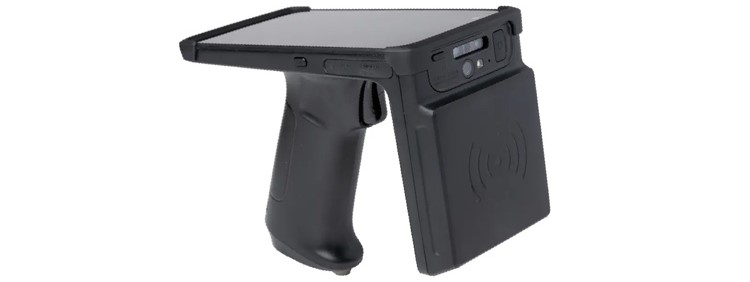
What Does RFID Stand For?
So, what does RFID stand for? Simply put, RFID means Radio Frequency Identification. This technology uses radio waves to identify and track objects, Which makes it a fantastic solution for supply chain management.
The Building Blocks of RFID Technology
To understand how RFID technology can help your business, first, let’s see its main constituents:
- RFID Tags: RFID tags are small, intelligent tags attached to products. Every RFID tag contains a tiny microchip that retains information about the product. Information could range from name, description, location, and much more. There are two types of RFID tags:
- Passive RFID Tags: There are tags that have no source of power and solely rely on the RFID reader to energize them for them to broadcast their data. These types of tags are like that quiet talkative friend in the group who only opens up his mouth to speak if he has to!
- Active RFID Tags: These carry their power source as a battery, meaning they can transmit data over a distance. These tags are like show-offs and are always ready to get you into some discussion.
- Passive RFID Tags: There are tags that have no source of power and solely rely on the RFID reader to energize them for them to broadcast their data. These types of tags are like that quiet talkative friend in the group who only opens up his mouth to speak if he has to!
- RFID Readers: Also sometimes called scanners, they are called readers because it is the readers that send out the radio waves that will communicate with the RFID tags. As soon as there is a tag in range, the reader grabs that tag’s data. This can be done through handheld devices for smaller operations or fixed readers for bigger ones.
- RFID Software: This software then processes the data that the RFID reader has captured. This software will be used by the business to monitor the stock, monitor data, and even analyze trends.
RFID How Does It Work?
Let’s delve a little deeper into RFID and just how it works. Just imagine you are in a warehouse. There are thousands of products inside the warehouse. There is no need to scan each item one at a time. Use RFID to make it much easier:
- Activation: Once an RFID tag gets close to the radio-frequency ID reader, the radio waves from the RFID reader turn on the radio-frequency ID tag.
- Data Transmission: Once activated, the RFID tag begins to transmit its details back to the RFID reader, almost the same way a friend texts you your location.
- Data Processing: The reader captures the transmitted data and transmits it to radio-frequency ID software. This allows the software to filter and sort the data so it can be understood easily.
- Real-Time Tracking: The tracking system you’re implementing allows businesses to monitor levels and product movement in real time. Imagine knowing exactly where every single item is at any given time in your warehouse.
Key Advantages for Your Supply Chain
Now that you understand the basics, let’s talk about exactly how an RFID tracking solution will be able to affect your business’ supply chain. Here are a few great benefits to consider:
- Improved Inventory Accuracy: Ever counted a warehouse’s contents, only to find discrepancies? Technology using RFID enables near 100% accuracy in counts, reducing errors and streamlining operations.
- Increased Efficiency: Efficiency is key in business. RFID systems and barcode scanners save time on inventory handling, freeing you up to focus on business growth.
- Increased Visibility: One of the greatest features attributed to radio-frequency ID technology is better visibility. Think about it. You could carry the location and condition of your products in real-time in your pocket. This transparency and visibility of what’s going on in the supply chain keeps you in a position to make quick decisions and adapt on the fly as needed.
- Better Loss Prevention: No one likes losing money to theft or lost inventory. Using RFID tags, you will monitor your goods very closely. If something gets lost, within a couple of moments, you will know about it and take the necessary measures. And that safeguards your inventory and helps boost your bottom line.
- Streamlined Processes: Efficiency is vital in supply chain management. RFID technology streamlines processes in manufacturing and distribution. For example, manufacturers use RFID tags to track moving parts on a production line, ensuring everything is in place and maintaining schedules to boost productivity.
- Cost Savings: Although it has a perceived cost of one-time capital expense, the positive side of this technology often pays back by significant savings over the long term. Improved inventory count and handling increase labor costs but reduce the carrying costs and losses to theft. In most companies, ROI makes the investment well worth it.
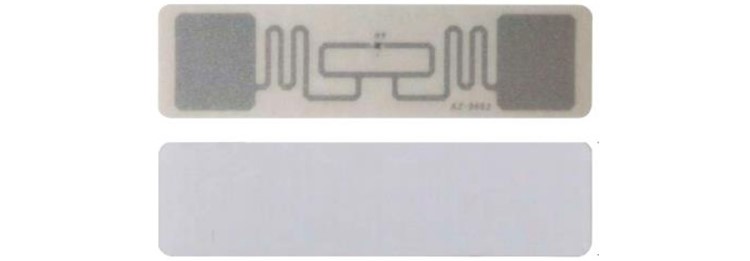
Real-World Applications in Industry:
You might probably be wondering how different industries use tracking technology solutions. Let’s take a closer look at the inspiring examples below:
- Retail
For the retail industry, radio-frequency ID is truly a game changer. The basic motivation is to deploy and track inventory in real-time with RFID tags so that the products are always available to customers. Imagine walking into a store, finding exactly what you need, and experiencing no frustrating out-of-stock situations. This is what can be achieved by retailers who could use radio-frequency ID technology in their inventory management systems to achieve an improved shopping experience and return customers. - Manufacturing
Since manufacturers make use of RFIDs to track components and the finished products, real-time visibility enables the manufacturer to optimize production schedules and respond promptly to changes in demand. Imagine a producer who, on the fly can change the way their lines are laid out in advance based on knowing precisely what materials are available. That’s the power of radio-frequency ID technology! - Logistics
In the logistics business, RFID technology helps in monitoring shipments so they do not arrive late. The logistics firm would update the customers about the packages in real-time from the chain of supply. Finally, just imagine how wonderful it would be to receive a letter, knowing exactly when it will arrive at your doorstep. - Healthcare
In healthcare, of course, the stakes are high. RFID tags can be applied to track medical equipment, pharmaceuticals, and patient information to streamline inventory management and reduce errors. This can even help ensure the right medication is given to the right patient at the right time life-saving application of radio-frequency ID technology!
The Future of RFID Technology
The future of RFID technology looks bright. Here are a few emerging trends that might alter the landscape.
- Integration with IoT:
Once radio-frequency ID technology is integrated into IoTs, then the possible deployment of a more empowered solution in the supply chain is unlocked. The radio-frequency ID tags will be attached to the devices of IoT, therefore offering more depth of insight into the operations, automating a wide range of processes, and streamlining business operations. This would lead to the ideal scenario where your inventory system talks directly to the production line and makes an adjustment in real time as per the current inventory levels. - Better Data Analytics
Because RFID will generate vast amounts of data, advanced analytics will be a key tool in helping companies make the right decision. Companies that can tap into data analytics will find a competitive advantage by identifying trends and improving their supply chain strategy. Think about knowing when your customers want something before it happens! - Broader Adoption
Within the next few years, more companies will use this solution because the cost of radio-frequency ID technology continues to decline. Increased usage will cause increased standardization and interoperability between varied RFID systems, hence increasing its use in companies.
Website here – must visit to explore more RFID products
Conclusion
RFID tracking solutions radically transform the supply chain in matters of accuracy, efficiency, and visibility. Understand what radio-frequency ID is, how it works, and what everything has in store for you to point you to decisions on working with this state-of-the-art technology.
Since more industries nowadays are increasingly moving towards automated processes and more data-driven decisions, I believe radio-frequency ID technology will become a part of keeping supply chain operations optimal. It could even contribute positively to improving your operational capabilities, cutting costs, and helping you stay competitive in a rapidly changing marketplace.
